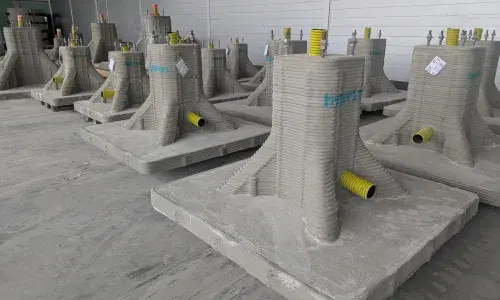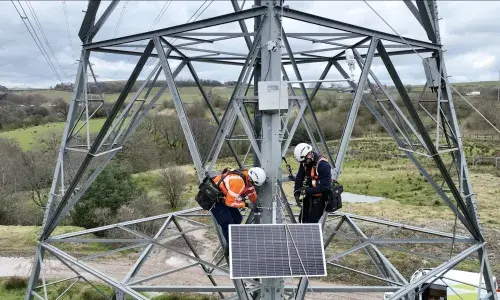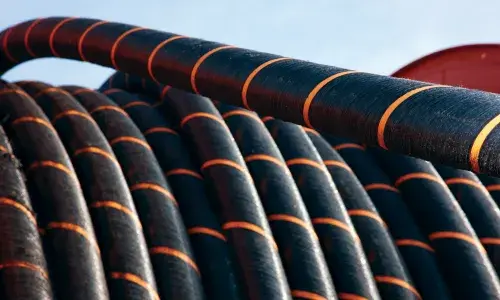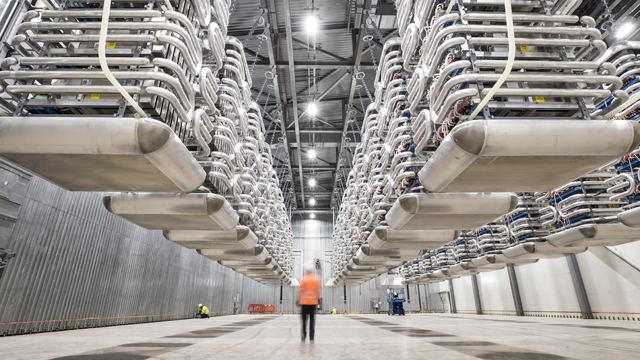
Why interconnectors play an essential role in our net zero future
Interconnectors are high-voltage under-sea cables. They’re the international clean energy super-highways; stretching for hundreds of miles and crossing borders to enable energy produced from renewables to flow back and forth between Great Britain and neighbouring countries.
Why interconnectors are important in the transition to green energy?
Interconnectors have an important role to play in how we produce and use energy. We are moving away from fossil fuels such as coal and gas, which emit harmful greenhouse gases, to clean energy produced from renewable sources like offshore wind and solar. The year 2020 was the greenest year on record for Britain.
Between 2020 and 2030, we estimate our interconnectors will help Britain prevent 100 million tonnes of carbon emissions. By moving zero-carbon energy from where it’s produced to where it’s needed most, interconnectors help to reduce carbon emissions to reach net zero.
Interconnectors help us hit our national and global climate change targets. The UK Government has committed to achieve net zero carbon emissions by 2050. In December 2020, ministers pledged that, by 2030, the UK will cut its carbon emissions by 68% compared to 1990 levels.
Interconnectors are in many ways the perfect technology to integrate renewable energy and ensure reliable, affordable and decarbonised energy for homes and businesses.
Interconnectors are in many ways the perfect technology to integrate renewable energy and ensure reliable, affordable and decarbonised energy for homes and businesses. These benefits can be measured in real time through an interactive carbon dashboard on our Power of Now site. It’s powered by live market and carbon data from Britain and connected countries. The dashboard calculates the contribution of interconnectors towards net zero every five minutes and it also allows these savings to be viewed in equivalent terms – for example as cars taken off the road or trees planted.
By linking Britain to neighbouring countries, interconnectors can import cheaper clean energy when it’s needed, while exporting excess power – so that both Britain and its neighbours have access to a broader and more flexible supply of electricity. For example, if we have high winds off the UK East Coast, that excess energy harnessed from offshore wind can be sent within minutes to our European neighbours via interconnectors – and when Belgium or Denmark are experiencing high winds, the opposite will happen.
Interconnectors also futureproof our energy system, by ensuring that increasingly large volumes of renewable energy can connect to the grid at scale. Already the UK has the largest installed capacity of offshore wind in the world, with around 10GW in operation in the North Sea. The Government has set an ambitious target to deploy four times more offshore wind (40GW) by 2030.
The three massive benefits of interconnectors – sustainable, reliable, affordable
1. Sustainability
Interconnectors enable Britain to import zero-carbon energy from other countries in Europe to supplement our own generation mix. This could be wind power from Denmark, Norwegian hydro or nuclear power from France. And when the sun is shining and the wind is blowing here at home, excess generation can be exported to neighbouring European countries.
By providing energy systems with access to zero-carbon energy via interconnectors, countries can maximise the use of their clean energy resources and phase out coal-fired generation.
2. Security of supply
Interconnectors are a direct link to a wider pool of energy generation that can flow across interconnectors to ensure demand is met. They also bring flexibility, giving system operators a way to react quickly to rapid changes in supply and demand.
This is particularly important as intermittent renewable generation increases. It allows a response in minutes rather than the many hours needed to fire up fossil fuel generation.
Interconnectors also support security of supply by participating in the Capacity Market – the mechanism introduced by the UK Government that ensures electricity supplies will continue to meet demand.
3. Affordability
Interconnectors help make energy affordable. They ensure that Britain has access to the lowest-priced electricity from a much wider pool of sources. This increased competition means better value overall for consumers.
If prices are high in the UK, interconnection allows power to be imported immediately from countries where generation is less expensive.
Fast facts about interconnectors
Image
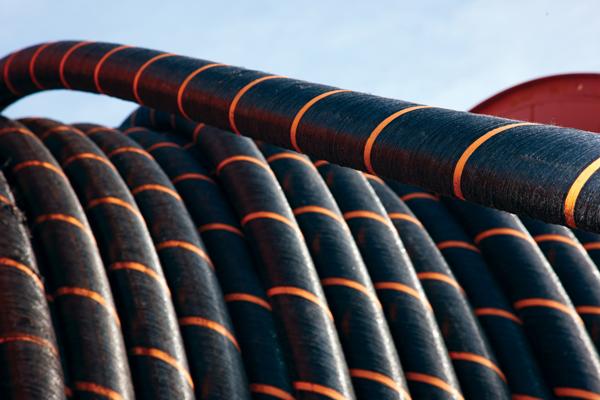
|
Read more about interconnections
Watch related video
